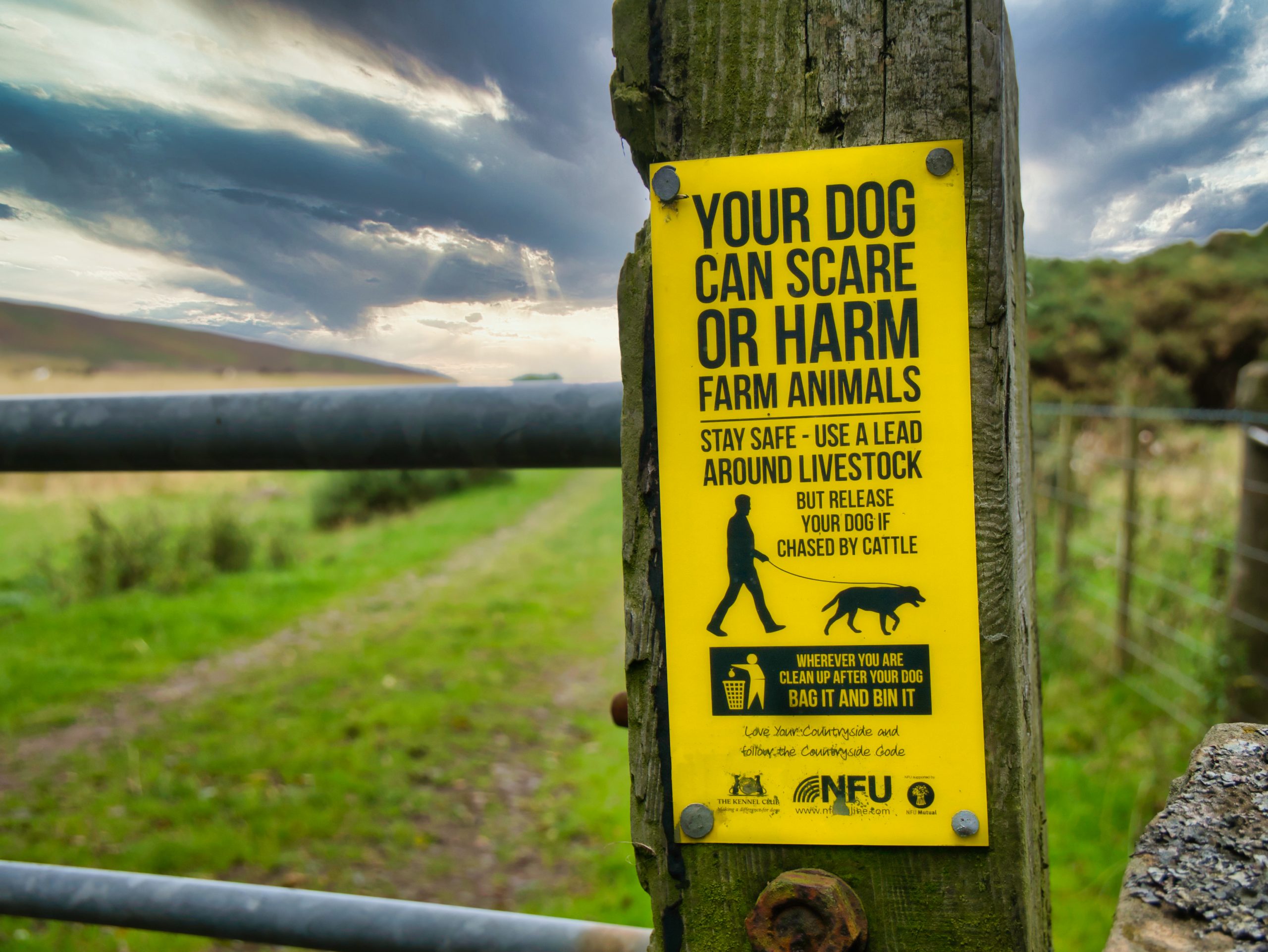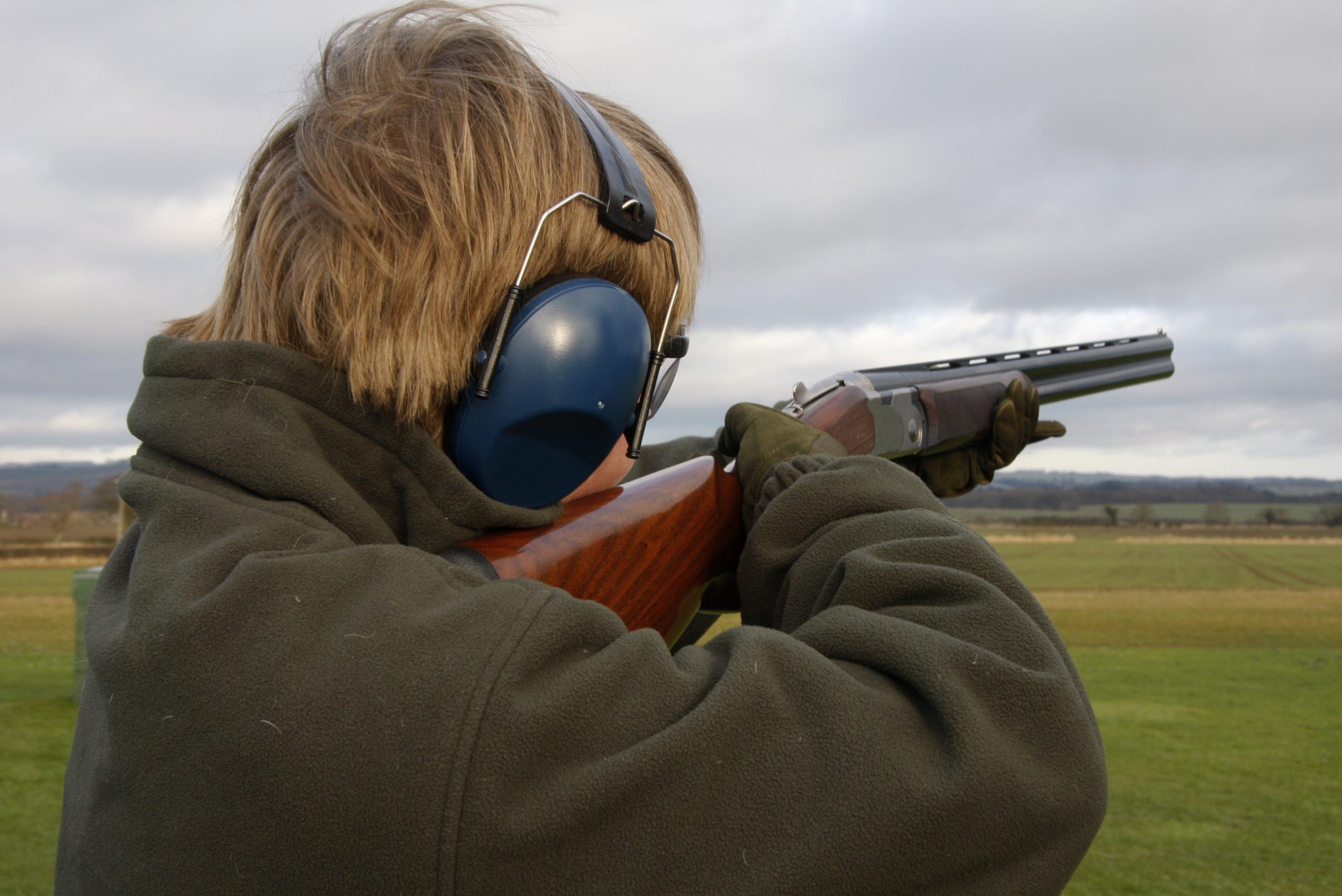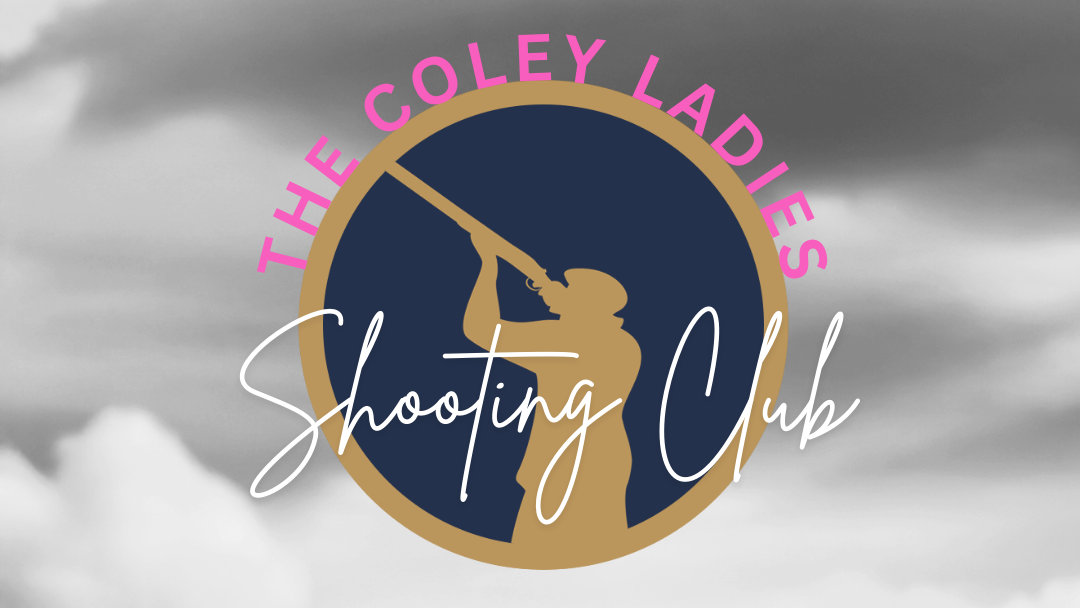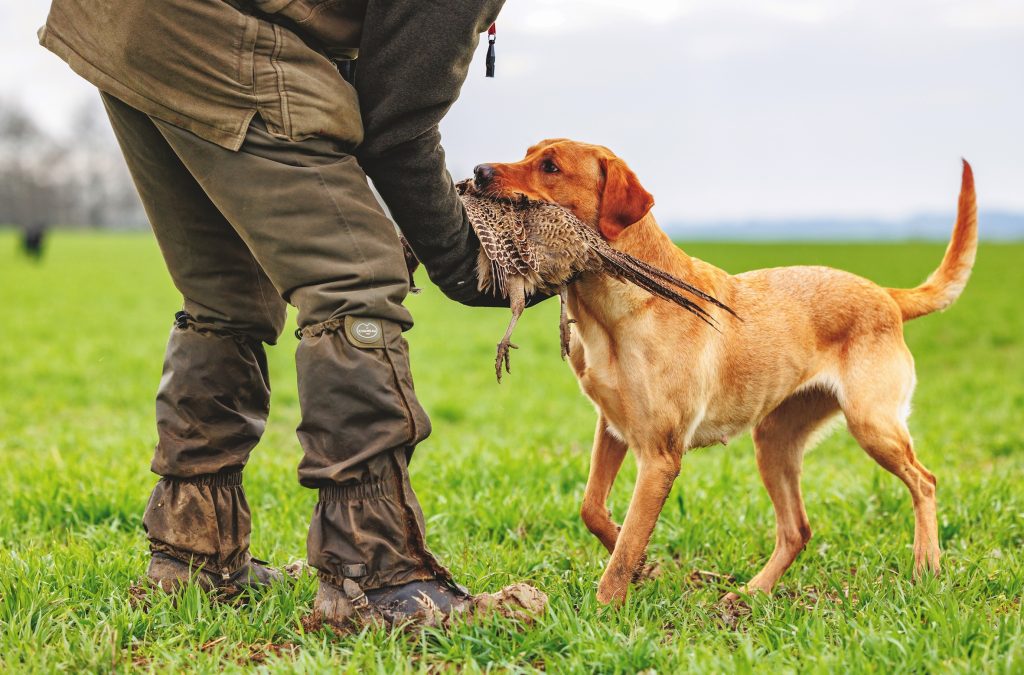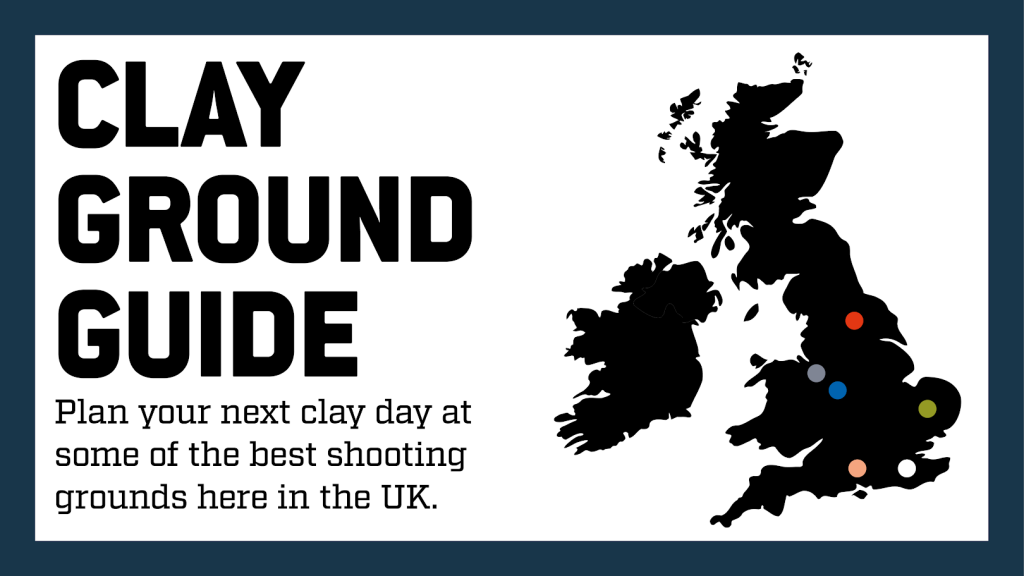Shooting Techniques
SHOOTING TECHNIQUE WITH TONY LOWRY
How to shoot walked-up birds
Walked-up shooting is not only exciting and challenging, it’s kinder on the wallet. Here’s how to make the most of your day.If you get the opportunity to go walked-up shooting this season, take it – it’s a really exciting type of shooting, where the dogs work in front of the line of Guns, flushing the game and presenting quick, going away targets. It’s a totally different style of shooting from your average driven day – it’s fast, reactive shooting that requires a different technique because your target is going away from you, oftenat speed, so your reactions have to be quick, but not rushed.Before we come on to the technique, let’s look at what to expect from a typical walked-up day. More often than not you will be shooting over dogs, though not always. As such, there is normally a ‘no ground game’ rule. This will be explained in the safety briefing at the start of the day – expect this to be thorough, as the nature of the day dictates it.
You’ll be shooting over dogs, so generally there is a ‘no ground game’ rule There are dogs in front of you to think about, there might also be ‘stops’ at the other end of the cover you are walking through, not to mention the fact that you are all walking with loaded guns. Add to that the lower targets you will be shooting at and the quick reactions required and it goes without saying that safety is paramount. Guns hold the line when someone takes a shot and the line doesn’t move forward until the bird has been recovered; equally, if a dog is making a retrieve it is generally considered bad form to take another shot until the retrieve is complete. It is assumed that the shoot captain has ensured that the group is not shooting into any unsafe areas – footpaths etc – but he may give specific instructions as you set off, e.g. “No shots to the left because of the road…” It is essential that you follow any such instructions to the letter. If you’re not sure, ask – don’t shoot first and ask later.Often this need for safety can cause very experienced driven Guns to be reluctant to take any shots at all – they are almost ‘over safe’. And some find it hard to get away from the driven day mindset that low birds are unsporting. In fact, I believe that shooting a fast bird that’s just got up and is going away from you is as difficult as shooting any driven pheasant. If anything, it’s even more of a skill.Taking the shotShooting a going away bird requires a different approach to shooting a driven bird. You need to try and shoot the target quickly, but not too close so that it becomes an unsporting shot, and without rushing it. The normal range is between 20-40m in front, although this tends to be self-governing, due to the instinctive nature of the shooting.
Don’t make the common mistake of ‘aiming’ at the bird; swing the gun and when your muzzle bead is just about to touch the bird, pull the trigger, remembering of course to keep the gun moving after you’ve fired. With walked-up shooting it is also important to remain sure-footed at all times when on the move, and not to take a shot if you are off balance – even if it is the only bird you’ve seen all day. Keep all shots safe, bearing in mind that the shot fallout can travel up to 300m.
Be sure to cross stiles/gates correctly
PractisePractise beforehand on a going away target at your local clay ground. Lots of shooters tend to struggle with these targets, probably because they think it looks easy. The best approach is always to choose your kill point and stick to it. Don’t hold your gun too high or the muzzles will obscure your view of the clay as it comes out of the trap – but don’t hold it too low or you’ll be playing catch-up. Bring the gun up, and when the muzzle bead is just about to touch the bird, pull the trigger, keeping the barrels moving. Don’t try and shoot the target as soon as it’s out f the trap, and don’t block the target out and then shoot, or you’ll miss over the top.
Back in the field There are some other basics to bear in mind on the day. It might sound silly, but you need to know how to cross an obstacle correctly with a gun. Your gun should be unloaded and passed carefully, keeping muzzle awareness upmost in your mind. If you have a dog with you, sit him up somewhere he can’t accidentally knock the gun over.Remember that you probably won’t have the luxury of returning to the shoot vehicles between drives to top up on cartridges or any other kit you might need. So take enough cartridges (your host will give you an idea of the expected bag at the start) but not too many or you’ll be weighed down. A good game bag is essential – you’ll need it to carry all your game, your lunch and any extra clothing (or any removed during the course of the day). Come prepared for everything: it might be a lovely dry frosty morning, but if you go through kale or other cover crop you will get soaked, so make sure you have waterproof leggings – the lighter the better, as you’ll be in them all day. Some shooters prefer to use a lighter gun and lighter cartridges – it all helps reduce the burden. A cartridge belt is also handy.
TOP TIPS
Remember the rules of the countryside
When climbing over a farmer’s gate always do it at the hinge end
Don’t climb on the wire of his high tensile fence – look for a safe place where you won’t damage the fence.
Pick up empty cartridges – learn how to empty your gun and catch your cartridges. This also reduces the risk of getting your barrels blocked when you bend down to pick them up.
You will be expected to tip the keeper just as you would on a driven day.
Ensure you are fit enough! It can be a long day.
Remember you’ve got to carry what you shoot! If you wonder why the other Gun didn’t shoot that goose in the morning, you’ll know why by the end of the day carrying it around with you! Walk with your gun broken, muzzles up or muzzles down. Not somewhere in between.Pictures: rebecca green
“;s:14:

